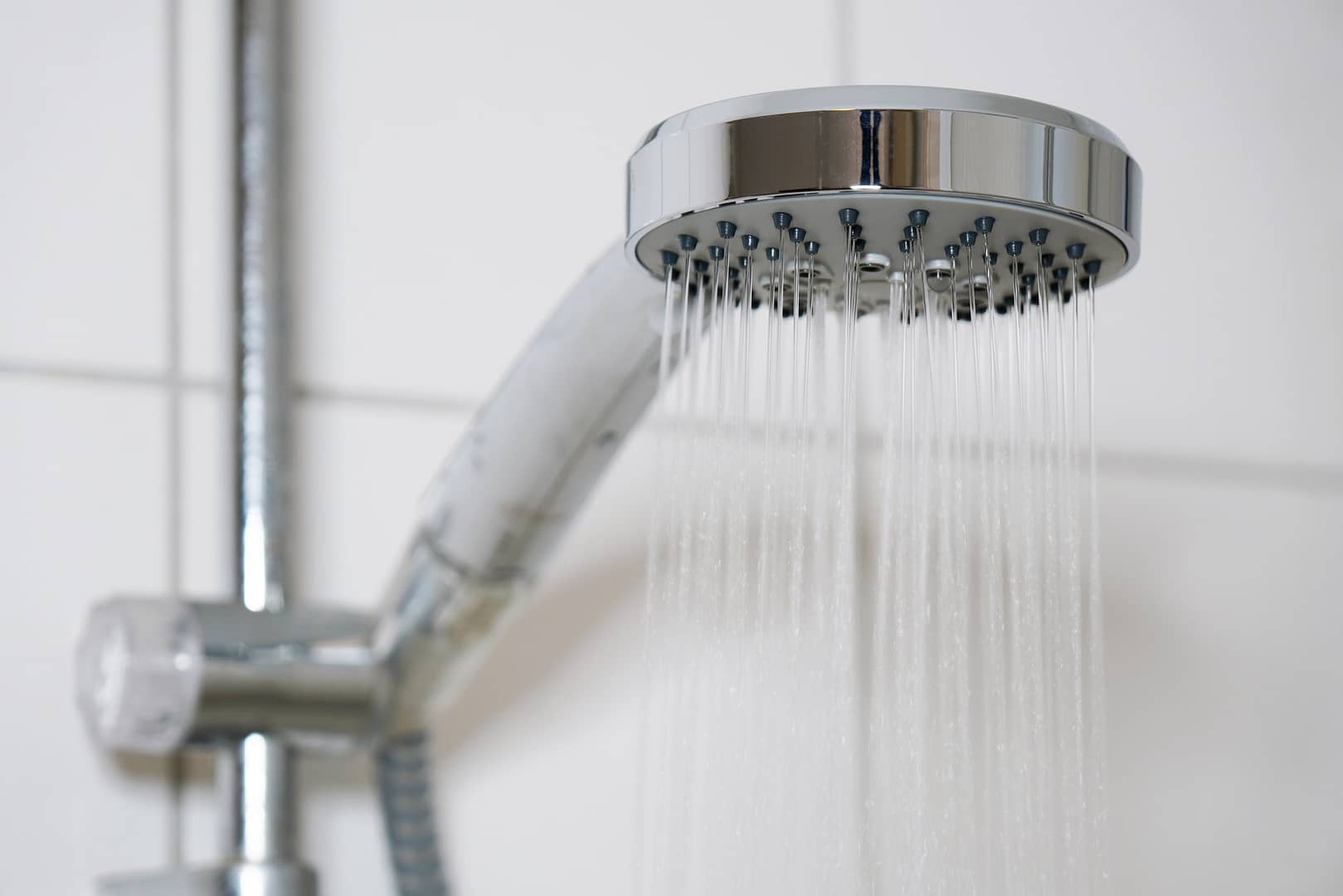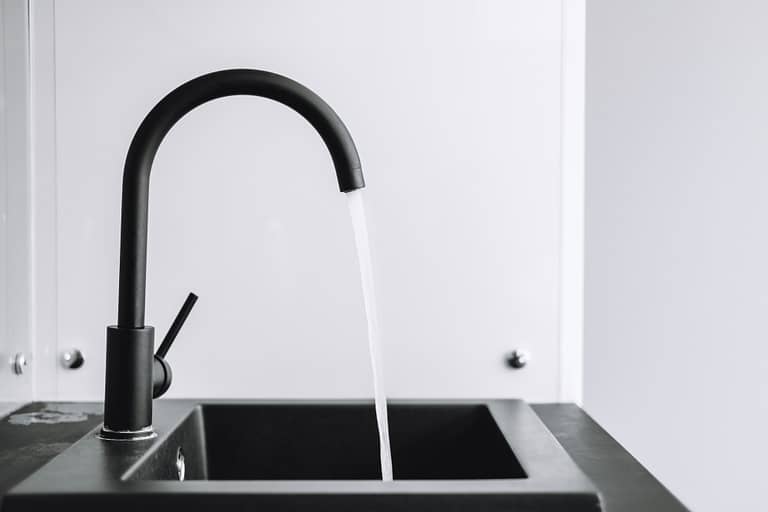Water-Saving Showerheads: A Must-Have in Dallas Homes
Water-Saving Showerheads: Essential for Dallas Homes
In Dallas, water is as precious as a desert oasis, making water-saving showerheads a necessity for your home. These innovative fixtures are vital in the hot and dry climate, helping you conserve water and reduce utility costs.
By using less than 2.5 gallons of water per minute, these showerheads maintain strong water pressure while promoting sustainability. With a variety of types and extra features available, you can customize your shower experience while making an eco-friendly choice.
Embrace the freedom to enjoy a refreshing shower while knowing you're contributing to water conservation in Dallas.
Key Takeaways
Water-saving showerheads are essential for Dallas homes. They provide numerous benefits, such as conserving water, reducing utility bills, and enhancing the shower experience, all while being environmentally friendly.
By installing a water-saving showerhead, homeowners can positively impact the environment and achieve cost savings. It's a practical choice that truly makes a difference.
Benefits of Water-Saving Showerheads
Water-saving showerheads can help you reduce water usage and energy consumption in your Dallas home. By cutting shower water usage in half, these fixtures save about 10 gallons of water during an 8-minute shower. This not only conserves water but also reduces energy consumption for water heating, potentially leading to long-term savings on utility bills.
The innovative aerating and laminar flow technology in these showerheads maintains strong pressure while using less water, providing a normal shower experience without sacrificing comfort. Models with flow rates ranging from 2.0 to 0.5 gallons per minute offer a powerful stream without compromising water pressure.
Installing a low-flow showerhead with a flow rate of 2.5 gallons per minute or less can significantly decrease water usage and contribute to a more sustainable and cost-effective household.
Types of Water-Saving Showerheads
When you're selecting a water-saving showerhead, it's essential to consider the spray pattern options, installation process, and compatibility with your current setup.
Look for a showerhead with a low water flow rate to maximize your water savings.
Understanding these key points will help you make an informed decision when choosing the best water-saving showerhead for your home.
Spray Pattern Options
When choosing a water-saving showerhead, it's important to consider the spray patterns available. Low-flow showerheads offer different spray options, including aerating and laminar flow.
Aerating showerheads mix air with water to increase pressure and create a misty effect, suitable for well-ventilated spaces. Conversely, laminar showerheads produce larger streams of water, providing a gentler flow that's ideal for bathrooms with poor ventilation.
Modern low-flow showerheads combine both aerating and laminar flow technologies to deliver a powerful stream while conserving water. Some water-saving showerheads also come with extra features like LED lights, massage sprays, misting settings, Bluetooth speakers, and temperature control, found in luxury models.
There are various types of showerheads available, such as stationary, handheld, dual, slide bar, and rain showerheads, each offering diverse spray pattern options to cater to different preferences and needs.
Installation and Compatibility
When installing water-saving showerheads, it's important to consider compatibility with your existing plumbing. You should assess the type of showerhead that best suits your preferences and the water pressure in your home.
There are different types of water-saving showerheads to consider: stationary ones that are mounted to the wall or ceiling, handheld ones attached to a flexible hose, and dual showerheads that offer both options.
Water Flow Rates
Understanding the water flow rates of different water-saving showerheads is essential when choosing the right option for your home in Dallas. Low-flow showerheads use less than 2.5 gallons of water per minute, and some states, like California, Hawaii, and Washington, have stricter requirements, mandating 1.8 GPM. Water-efficient models range from 2.0 to 0.5 GPM, with WaterSense labeled showerheads offering water-efficient options.
Modern low-flow showerheads use Aerating and Laminar Flow Technology. Aerating showerheads increase water pressure by injecting air, while laminar showerheads distribute water in larger streams. Different types of showerheads, including stationary, handheld, dual, slide bar, and rain showerheads, cater to different needs and preferences.
Understanding these water flow rates will help you make an informed decision about the most suitable water-saving showerhead for your home in Dallas.
When choosing a water-saving showerhead, several important considerations should be kept in mind.
Considerations for Choosing a Water-Saving Showerhead
When you choose a water-saving showerhead, it's important to consider your household's water usage and the desired flow rate. This will help you make an informed decision based on the following factors:
- Assess your household's water consumption to understand the impact of a water-saving showerhead.
- Choose a showerhead with a flow rate that meets your preferences while also conserving water.
- Select a type of water-saving showerhead that fits your needs, such as stationary, handheld, dual, slide bar, or rain showerheads.
- Additionally, consider any extra features like LED lights, massage sprays, misting settings, Bluetooth speakers, or temperature control that can enhance your shower experience.
Installation and Maintenance of Water-Saving Showerheads
When you install a water-saving showerhead, make sure to follow the proper techniques for the best performance.
Regularly cleaning and maintaining your showerhead will help it work efficiently and last longer.
Using your water-saving showerhead wisely will also help decrease water consumption in your home.
Proper installation and maintenance of your water-saving showerhead can lead to reduced water usage, benefiting both the environment and your household budget.
Proper Installation Techniques
When installing your water-saving showerhead, it's crucial to carefully follow the manufacturer's instructions for proper installation and maintenance. Here are some important tips to ensure a successful installation and long-term performance:
- Check Water Pressure: Before installing the showerhead, check the water pressure in your bathroom to ensure it's compatible with the water-saving showerhead you've chosen.
- Use Thread Seal Tape: Apply thread seal tape to the shower arm threads. This helps prevent leaks and ensures a secure connection.
- Regular Cleaning: To maintain optimal water efficiency, make sure to clean the showerhead regularly. This will remove mineral deposits and debris that can affect its performance.
- Adjust Flow Settings: Familiarize yourself with the flow settings on your water-saving showerhead. This allows you to customize your shower experience while conserving water.
Following these steps will help you enjoy the benefits of your water-saving showerhead while contributing to water conservation efforts.
Routine Cleaning and Care
To keep your water-saving showerhead working well, it's important to clean and maintain it regularly. This helps ensure it uses water efficiently and provides a refreshing shower. You can use eco-friendly cleaning products or make your own to avoid harsh chemicals.
Keep an eye on the flow rate and make any necessary adjustments to help conserve water. Whether you have a standard fixed model or a handheld showerhead with a flexible hose, taking good care of it's crucial for its longevity.
Efficient Water Usage
When you clean and maintain your water-saving showerhead regularly, you can ensure it uses water efficiently and performs well.
Here are some tips for maximizing its efficiency:
- Clean the showerhead regularly to remove mineral deposits and debris.
- Check for leaks and fix them promptly to prevent water wastage.
- Consider installing a flow restrictor to reduce water usage without affecting performance.
- Monitor the water pressure to maintain consistency and efficiency.
Impact of Water-Saving Showerheads on Water Bills
Installing a low-flow showerhead in your Dallas home will noticeably reduce your water bill. These showerheads significantly cut water usage during showers, saving about 10 gallons of water during an 8-minute shower. This results in tangible cost savings on water bills.
In addition to conserving water, low-flow showerheads also reduce energy consumption for water heating, further contributing to lower water bills. By selecting the best low-flow showerhead that aligns with your preferences and budget, you can anticipate long-term savings on your water bills.
The impact of water-saving showerheads on water bills is substantial, making them an essential addition to Dallas homes. Let's now explore some tips for maximizing the efficiency of water-saving showerheads.
Tips for Maximizing the Efficiency of Water-Saving Showerheads
To make the most of your water-saving showerhead, follow these tips:
- Adjust the flow restrictor for better water pressure and conservation.
- Regularly clean the showerhead to get rid of mineral deposits and maintain good water flow.
- Take shorter showers to reduce water usage and maximize the benefits of the water-saving showerhead.
- Think about installing a shower timer to keep track of your shower duration and promote water conservation.
- Use a low-flow aerator in the showerhead to improve water efficiency without compromising water pressure.
Frequently Asked Questions
How Much Water Does a Water-Saving Shower Head Use?
When you choose a water-saving showerhead, it reduces water usage to less than 2.5 gallons per minute, unlike traditional models. By installing one, you can halve your shower water usage and save about 10 gallons during an 8-minute shower. This is a significant reduction that can help conserve water and lower your water bills.
What Is the Toilet Rebate in Texas?
The toilet rebate program in Texas provides financial incentives for replacing old, water-wasting toilets with water-saving models. By offering rebates for purchasing and installing water-efficient toilets, the program contributes to the overall water conservation efforts in the state. This initiative encourages residents to upgrade their toilets to more efficient models, which helps in conserving water resources and reducing water bills. For example, replacing an older toilet with a WaterSense labeled model can save a household thousands of gallons of water each year. Making the switch not only benefits the environment but also leads to cost savings for homeowners.
What Is the Most Water Efficient Toilet?
If you're looking for a water-efficient toilet, you should consider dual-flush options that use 1.1 to 1.28 gallons per flush. These toilets provide flexibility and can save a significant amount of water. It's important to look for toilets with the WaterSense label, as this ensures both high performance and water conservation. By choosing a dual-flush toilet with the WaterSense label, you can make a positive impact on water usage in your home.
Conclusion
Water-saving showerheads offer significant benefits for Dallas homes. They help conserve water, reduce utility bills, and improve the shower experience, all while being environmentally friendly.
By installing a water-saving showerhead, homeowners can make a positive impact and enjoy cost savings simultaneously. It's a practical choice that makes a difference.







